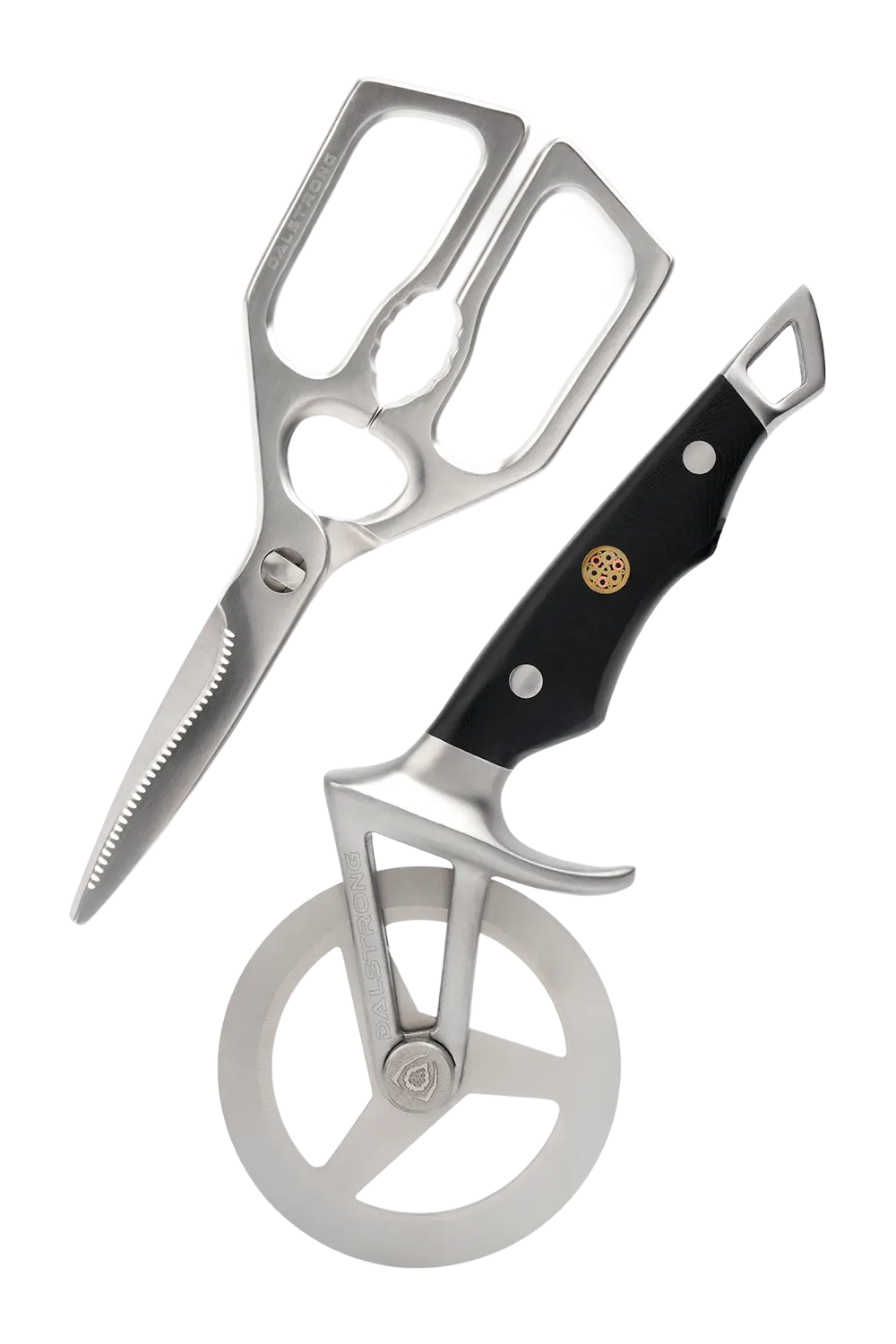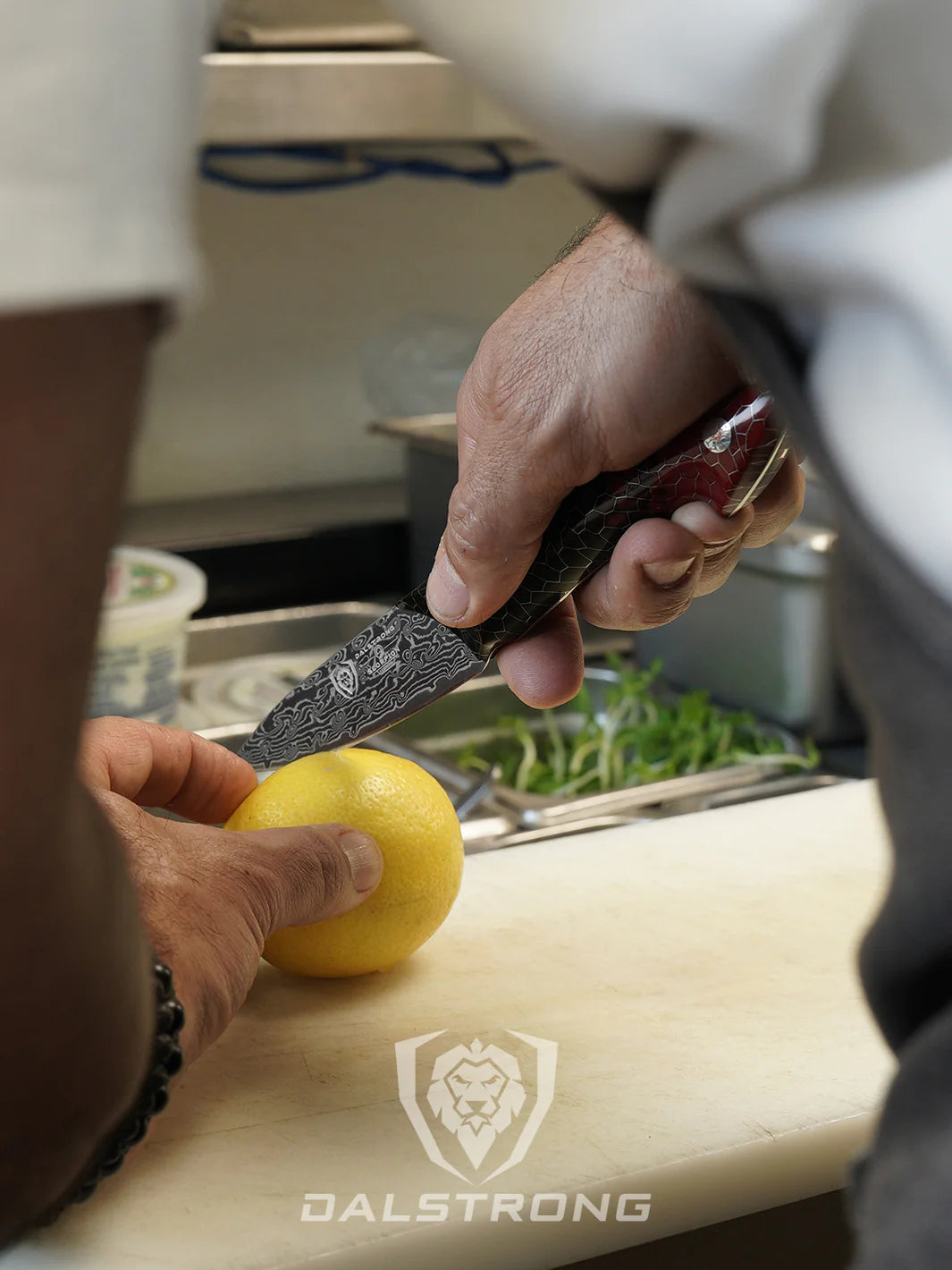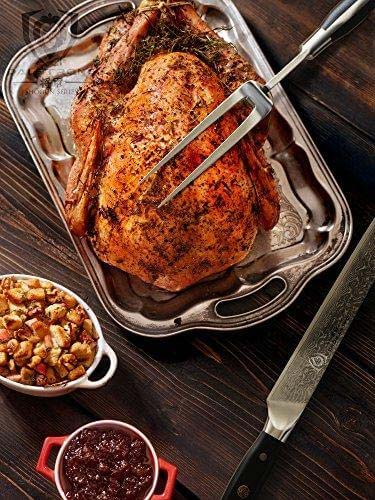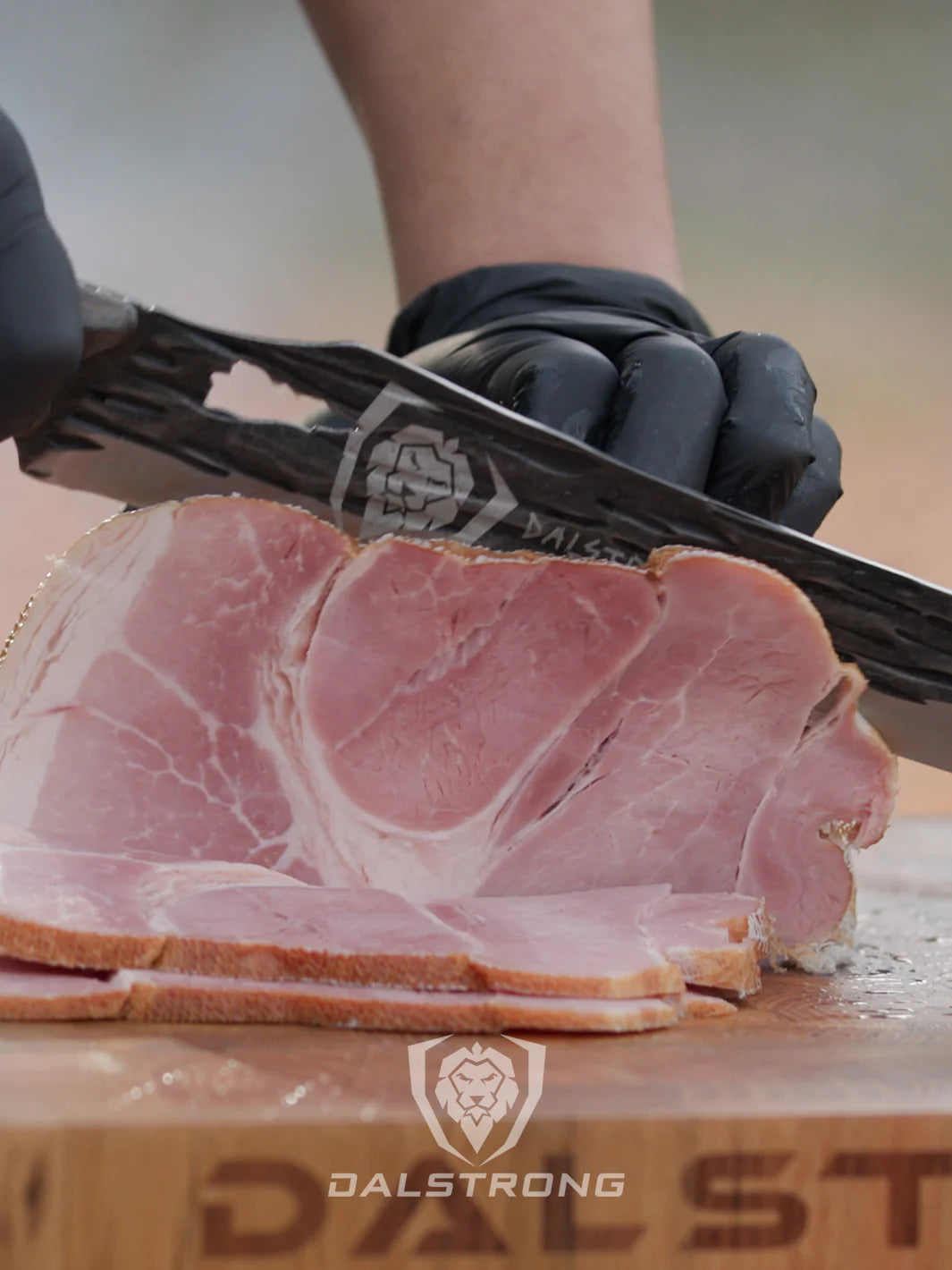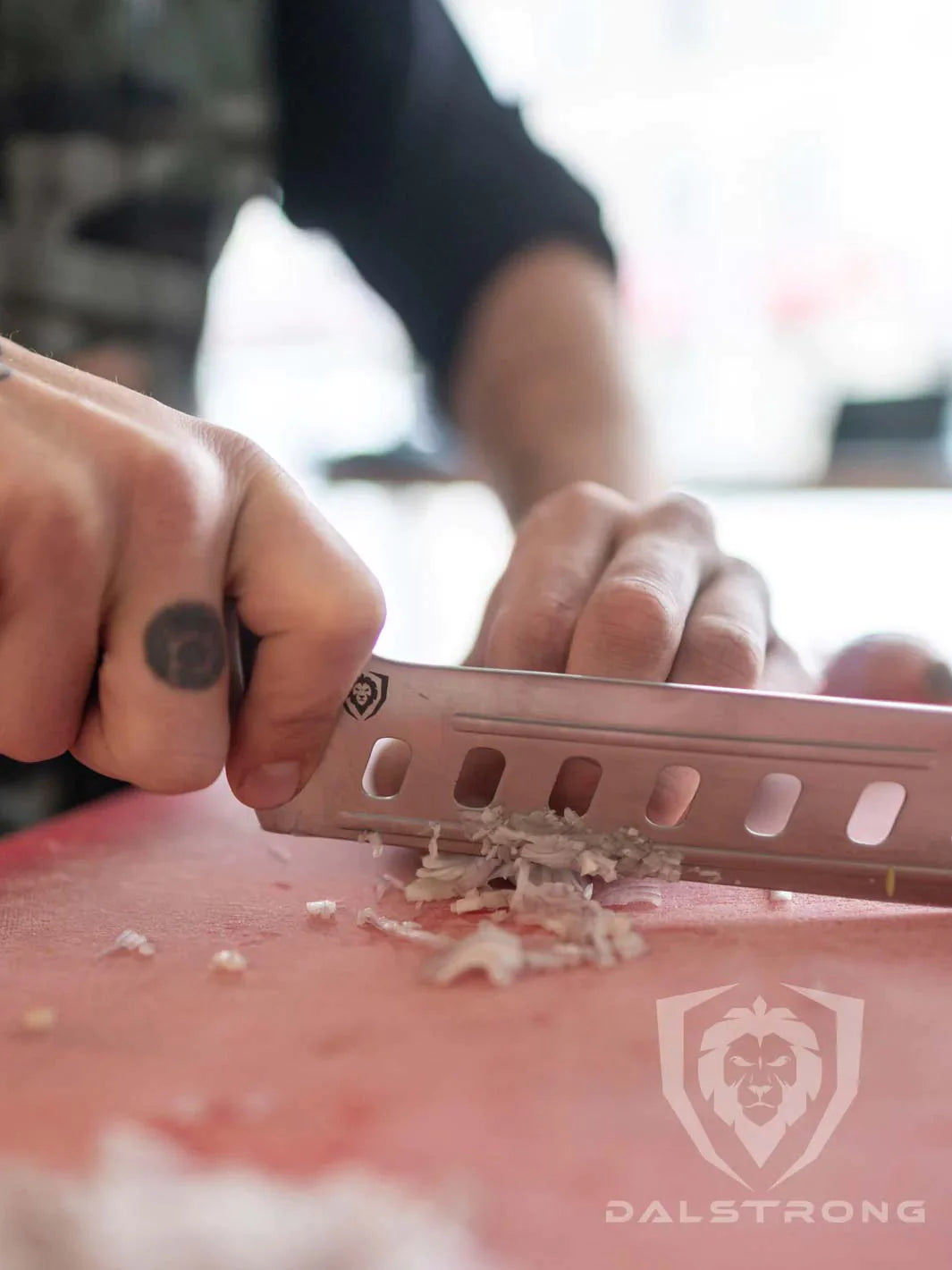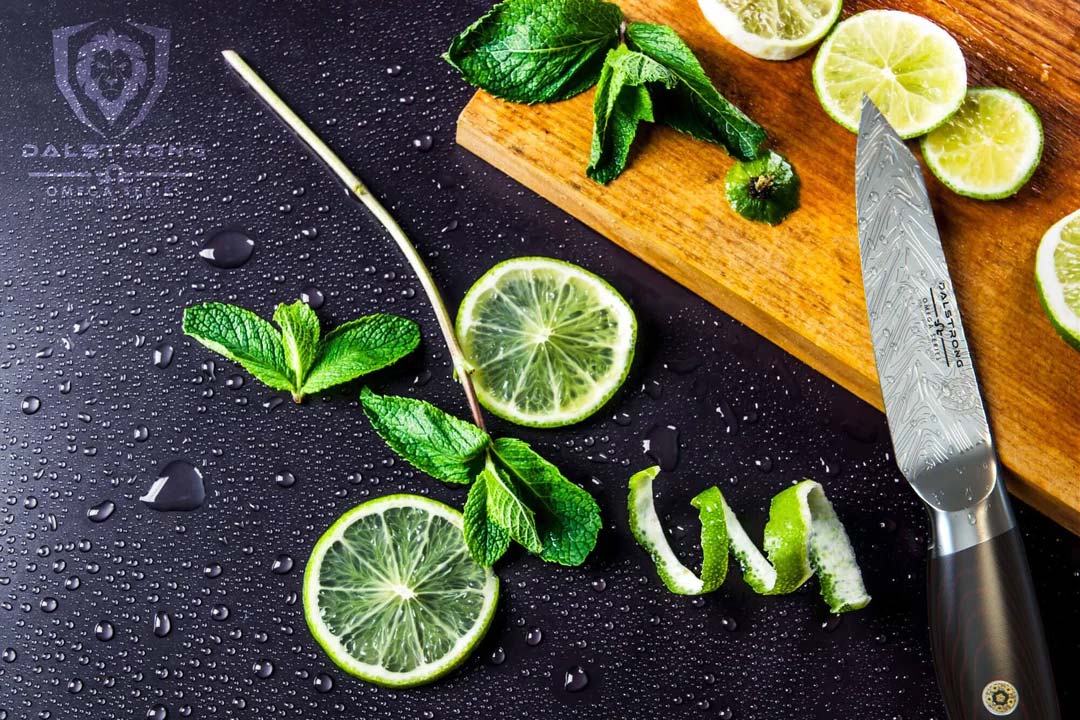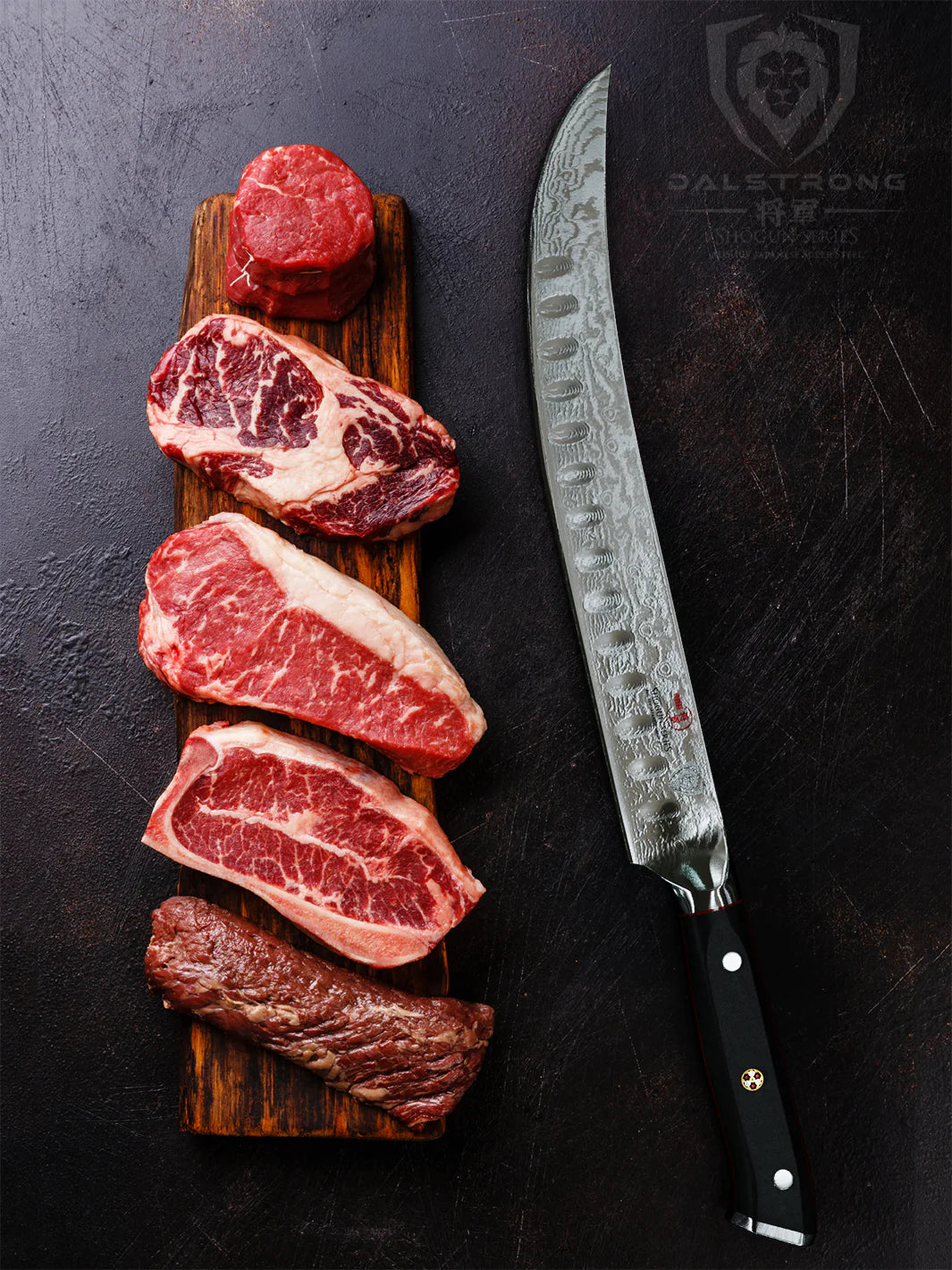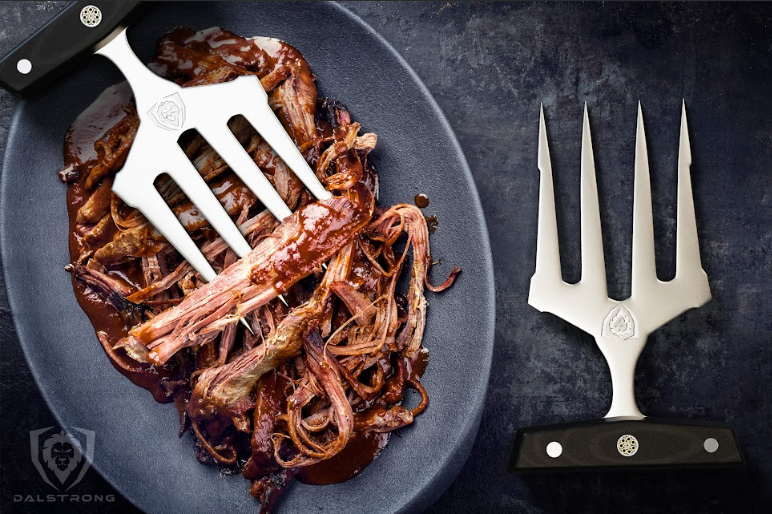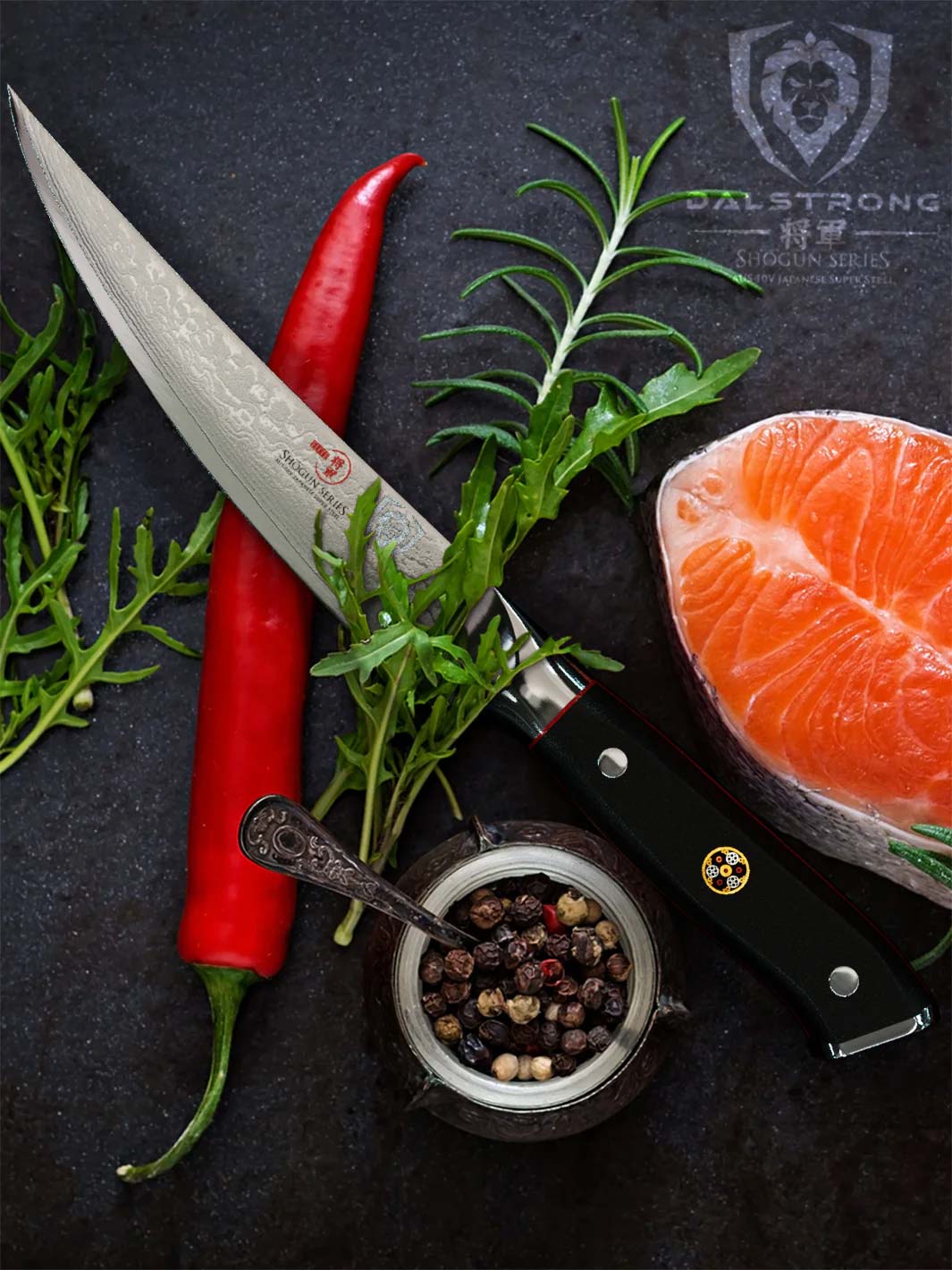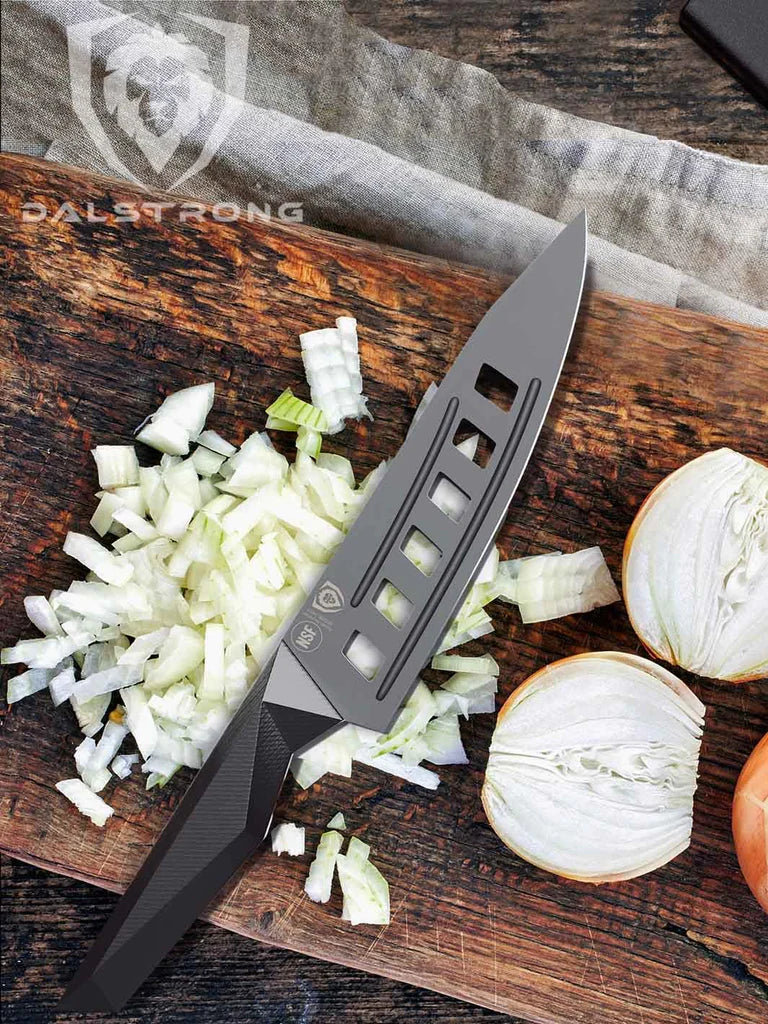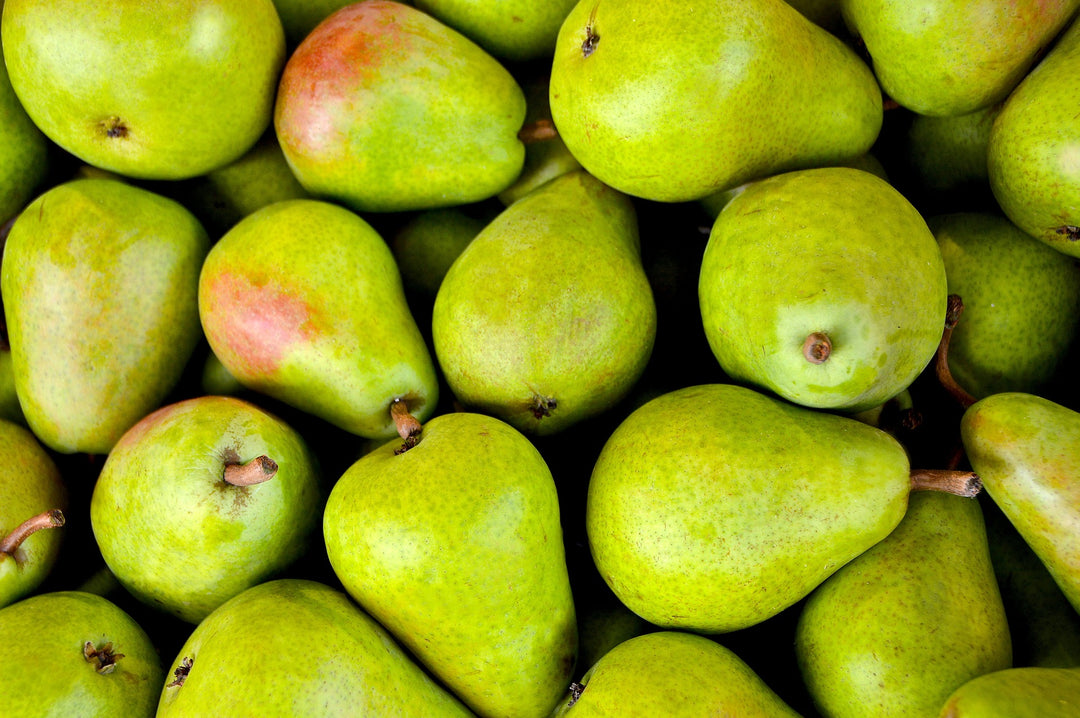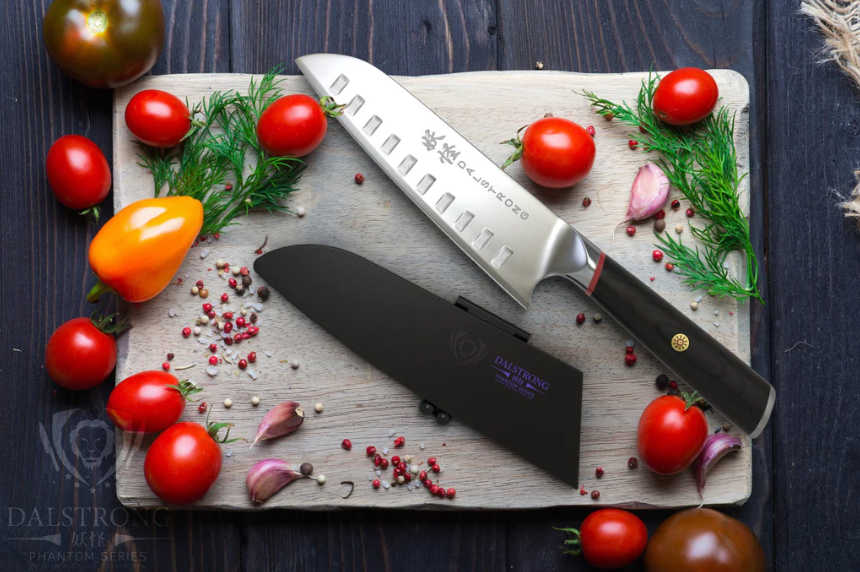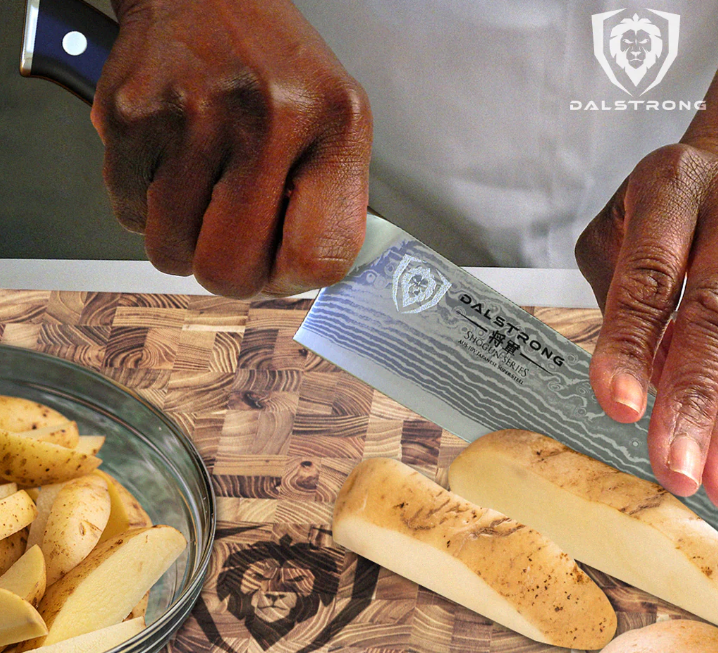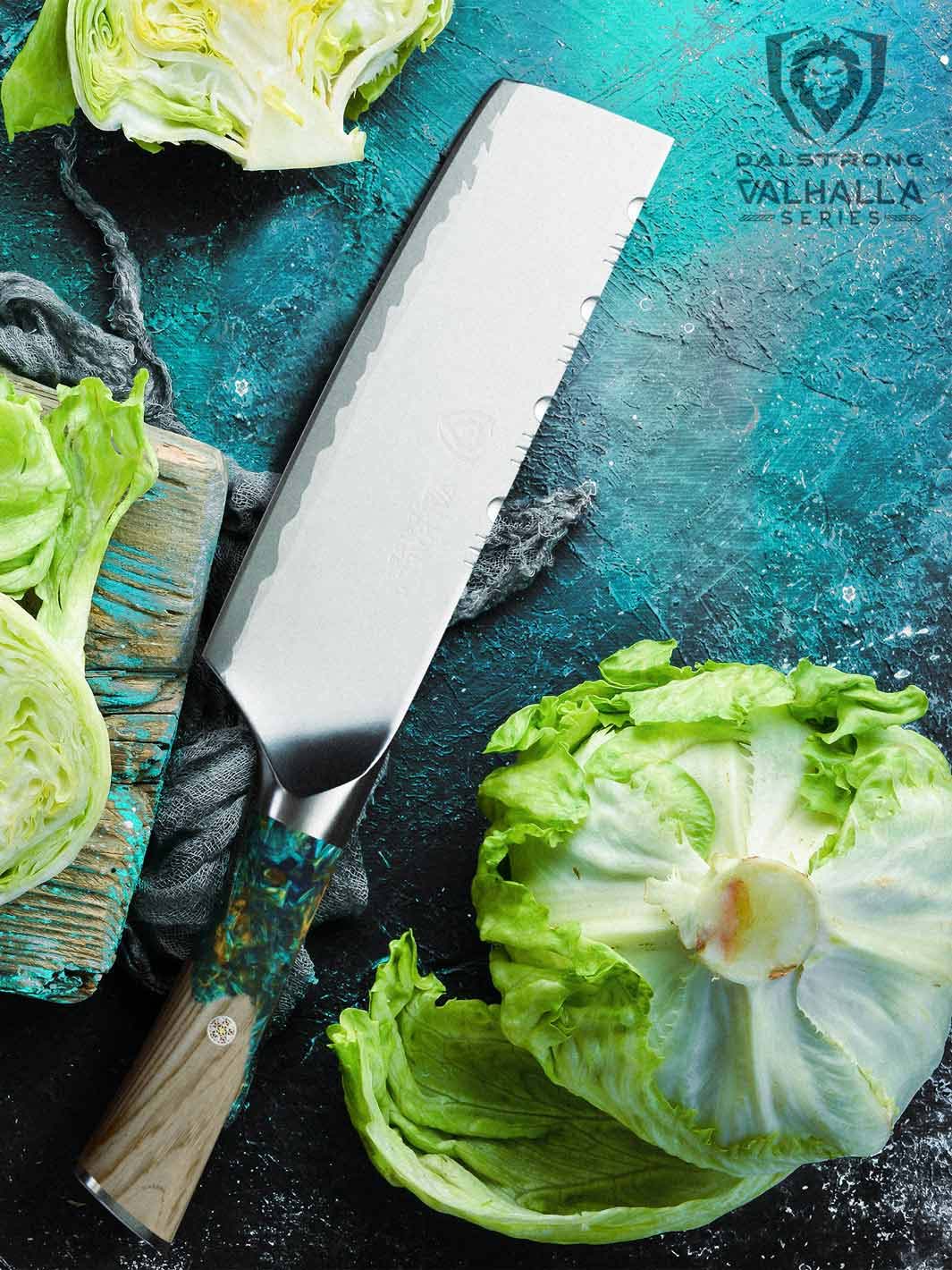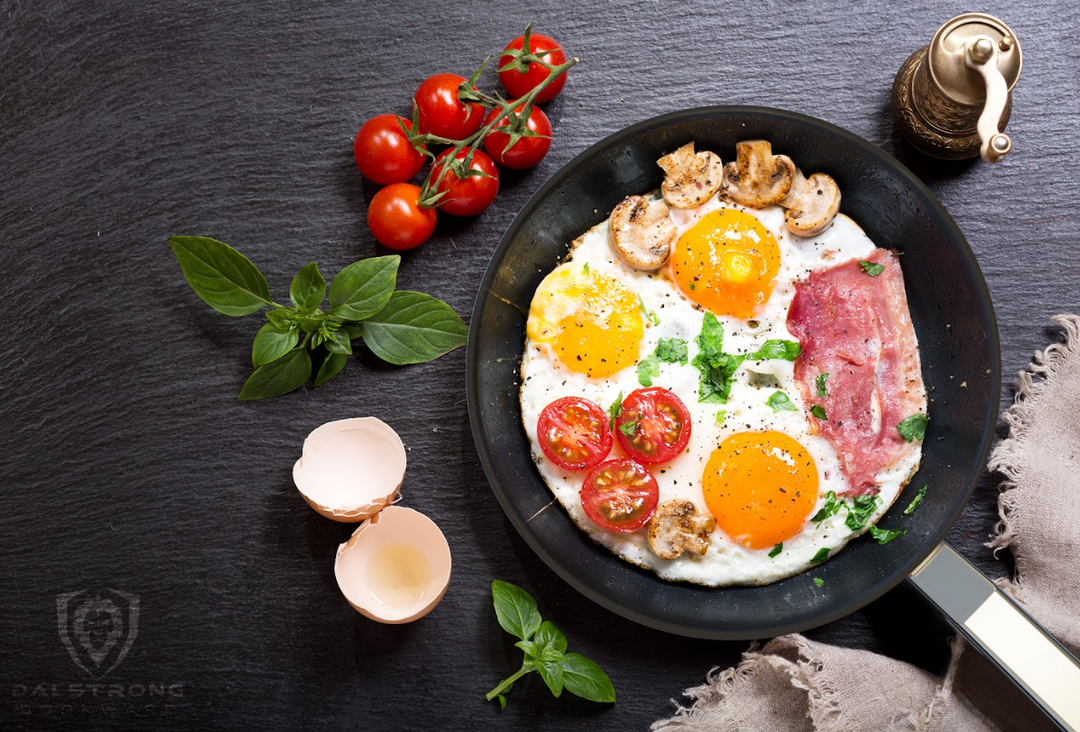How To Peel Garlic : 6 Easy Options
Quick Overview: How To Peel Garlic In 6 Ways
- Method 1: With your hands
- Method 2: Using a knife
- Method 3: Put it in the microwave
- Method 4: Put it in hot water
- Method 5: Shake it in a jar
- Method 6: Use a garlic press
Garlic offers one of the most intense flavors and aromas in gastronomy. It is almost indispensable for everyday cooking. No wonder it has so many devotees around the world (including me). Read about the proven health benefits of garlic, here.
But peeling garlic’s papery skin may not be the most glamorous, nor the cleanest task in meal prep. The individual cloves are too small for some hands, the garlic skin is sticky and fingers get impregnated with that pungent smell.
More practical cooks may choose processed garlic products such as garlic paste, garlic powder or garlic sauce. But not only do they spend more money, they also sacrifice flavor and freshness (and don’t get me started on preservatives).
Now, the good news: peeling garlic can still be incredibly easy and fast. Moreover, there are several methods, so you can choose the most convenient one for you. Keep reading to get acquainted with these techniques!
1. How To Peel Garlic Fast In Different Ways
There are several garlic peeling methods. Some of them are faster, and some of them are cleaner, but it’s important that you know them all and choose the best for every occasion. Note: With most garlic peeling methods, it is best to separate the individual garlic cloves.
Method 1: With your hands.
The most traditional way of peeling garlic is to cut the woody end of the clove and peel it with your fingers starting from that cut end. The thing is, this only works if you are only peeling one or two garlic cloves, otherwise, your hands will get sticky and smelly.
Method 2: With a wide-bladed knife.
This is the basic “press and peel” technique. The whole garlic clove is placed on the cutting board and pressed firmly with the flat side of a knife’s blade. You can also cut the garlic head in half first. The skin of the garlic comes off and is easy to peel and remove with your fingers. Please note that this can only be done with a wide blade such as the chef’s knife. Also, this option is only convenient when peeling a few cloves of garlic, otherwise, the process can be long and cumbersome.
Method 3: The microwave.
This is a very easy, clean and productive way to peel garlic. It is also ideal for peeling large quantities of garlic. Place any number of garlic bulbs in the microwave and heat for 15 to 20 seconds. When you remove the cloves from the microwave, the skin will have peeled off. Careful when you take the garlic out, it will be hot!
Method 4: Hot water.
This trick is very simple and efficient. Soak the garlic cloves in a bowl full of hot water for one minute. Then, proceed to break the cloves apart and peel them, one at a time, so the extra soaking time can help to loosen some of the more stubborn garlic skins. The peel will loosen and come off easily.
Method 5: Shaking in a jar.
The shaking method consists of placing the garlic cloves in a closed container (usually a jar) and shaking vigorously for about 30 seconds. There should be enough space for the cloves to hit the inner surfaces when shaking. The garlic is then placed on the cutting board, where you can remove the rest of the skin. If necessary, repeat the operation for another 10 seconds.
Method 6: Garlic hand press.
There are also tools, such as a garlic press, which are meant for crushing garlic with minimum effort but can help in the task of peeling. Just place the garlic clove and press: the juices come out, but the skin stays in the press. This is a practical option if what you ultimately need for your recipe is minced garlic.
2. How To Store Peeled Garlic
Having the garlic already peeled at the time you start cooking is a very practical decision. You can store peeled garlic cloves in several ways:
- In the refrigerator. Simply place them in an airtight container or a sealed plastic bag and store them in the refrigerator, where they will stay optimal for up to 7 days.
- Freezing garlic. Spread the cloves on a tray and cover them in plastic wrap. Freeze them for one hour. Once frozen, wrap them in paper towels or aluminum foil and put them inside a sealed freezer bag. Frozen garlic can last indefinitely.
- Make garlic paste. Yes! (if you have the time, of course). This way you will have a magnificent garlic seasoning ready to marinate meats, vegetables and sauces. To make the garlic paste, just place all the garlic cloves in a blender or food processor, add a tablespoon of olive oil and mix until you have a smooth paste. This paste can be stored in an airtight container in the refrigerator where it lasts about a week. Or make frozen cubes of garlic paste, which last up to 6 months.
- In pickles. Pickled garlic is fermented with vinegar and spices. It is kept in glass jars, where it’s preserved in perfect conditions for a long time. Pickling peeled garlic is another ideal way to preserve the flavor for months.
How about unpeeled garlic? Whole bulbs last several months if stored in a cool, well-ventilated and dark place, preferably away from the stove and close to the ground.
3. Dalstrong Tools You Need
1. Paring Knife 3.5" | Vanquish Series
This versatile little knife is perfect for peeling and scoring vegetables as well as removing seeds. It may just be the go-to knife when it comes to peeling garlic because of its shape and size. You can also shred, slice and cut off the ends of garlic cloves.
PROS:
- Forged from high-carbon German steel.
- It is a very sharp knife, honed to 9-11 degrees.
- Light, agile and easy to handle.
- Sleek and elegant design.
- Food-grade handle with a comfortable grip.
- Excellent value for money.
CONS:
- Some cooks prefer a more specialized paring knife such as the Bird's Beak Paring Knife Peeler 3" from the Crusader Series.
- Some would prefer to pay a little more for a utility knife.
2. Paring Knife 3.5" | Centurion Series

With this high-performance Swedish steel knife you can have a great ally when peeling garlic or for any other cutting challenges. This paring knife is impressively agile, efficient and flexible. A blade designed for culinary battles both in the busiest kitchens and in your home.
PROS:
- Swedish Sandvik 14C28N ultra wear-resistant Swedish steel.
- Straight edge blade ensures clean, precise cuts.
- Tightly sharpened tip perfect for detail work.
- A shiny satin finish enhances the beauty of the knife.
- Small cleft for easy pinch grip and greater control while cutting.
- The ergonomic handle shape allows for maximum grip and maneuverability.
- Includes a beautiful leather sheath that evokes the Roman Empire.
CONS:
- The price of this paring knife is a bit higher than options from other series offering the same advantages.
- Some prefer their paring knife blade to be conventional and not have a “hole” in it.
3. Chef's Knife 8" Glacial White Handle | Gladiator Series
Of course, the all-mighty chef’s knife is also recommended for this task. And a top-performance model like this Gladiator is a guaranteed success when working the thickest meats, but also when doing tricky little jobs like peeling garlic, especially if you use the “press and peel” technique.
PROS:
- Exceptional sharpness.
- Made from the highest quality German Steel, with high carbon content (increased wear and stain resistance).
- Triple riveted for maximum sturdiness.
- The glacier white handle gives a minimalist, elegant look.
- The wide blade serves also as a sort of spatula to pick up the food.
CONS:
- Perhaps you are one of the cooks who prefer to have a longer chef's knife like the Chef's Knife 12" Shogun Series ELITE.
- If total-white is not your thing, maybe total-black is? Check the 9.5” Chef's Knife from the Shadow Black Series.
4. Chef's Knife 9.5" | Quantum 1 Series
Don't be intimidated by the revolutionary design of the quantum series. This knife has the perfect width and sturdiness to crush individual garlic heads or garlic in bulk if you want. And, afterward, you can then chop or finely mince your garlic cloves like a professional chef, because this knife is the ultimate multi-purpose cutting tool in any kitchen.
PROS:
- Extra durable, one-piece, high carbon American steel.
- Exceptional cutting edge.
- Impressive Rockwell hardness.
- Exclusive "Nova Prime" blade pattern that minimizes drag and maximizes cutting efficiency.
- Lightweight and super moisture-resistant Dragon Skin handle.
CONS:
- More meticulous cooks may find the pattern on the blade a bit difficult to clean.
- This knife is longer than the standard chef's knife and some less experienced cooks may find it tricky to maneuver. If you are one of them, you may want to opt for a shorter knife like the Chef's Knife 7" from the Gladiator Series.
5. Santoku Knife 5" | Gladiator Series
The Santoku is a superb choice when it comes to working fruits and vegetables, including the task of crushing garlic. This Japanese blade is able to cut, chop and slice, but also to do refined work and more delicate cuts. Ideal if you plan to crush and peel garlic in bulk.
PROS:
- This Santoku knife combines the best of a chef's knife and a cleaver.
- You will love the weight of this Santoku: perfectly balanced and manageable.
- It has a full tang and is incredibly sturdy.
- The double bevel blade, sharpened to 8-12°, allows you to make more precise cuts.
- Finger-guard reinforcement between the blade and the handle.
CONS:
- This is a short Santoku. If you are looking for a more powerful Santoku you may want to check the 7" Santoku Knife from the Phantom Series.
- Not everyone will prefer a Japanese blade over the good-old Western chef’s knife.
4. Recipe Ideas With Garlic

Here are a few recipes you can cook with your freshly peeled garlic!
- Classic: Sheet pan lemon garlic chicken
- Exotic: Lebanese garlic sauce (toum)
- Comfort food: Garlic white bean soup
- Different: Corn on the cob with garlic butter
- Easy: Garlic bread
- Versatile garlic recipe: roasted garlic!
5. Frequently Asked Questions About Garlic
Are garlic heads the same as garlic cloves?
Garlic heads are those papery clusters, also called garlic bulbs, containing several individual segments. Each of these individual garlic segments is called a garlic clove.
What is the best method for peeling garlic?
There are several ways to peel garlic gloves. The most practical is probably the knife method. The most fun is the jar method, also called the shaking method.
How to get rid of the smell of garlic on your hands?
After peeling garlic, you may get a strong smell on your hands. This is why some people wear gloves. Some home tricks to get rid of the smell include rinsing with mouthwash, squeezing lemon and rubbing with coffee beans.























































































































